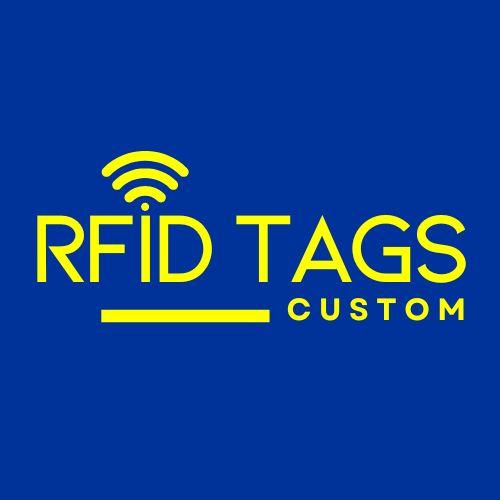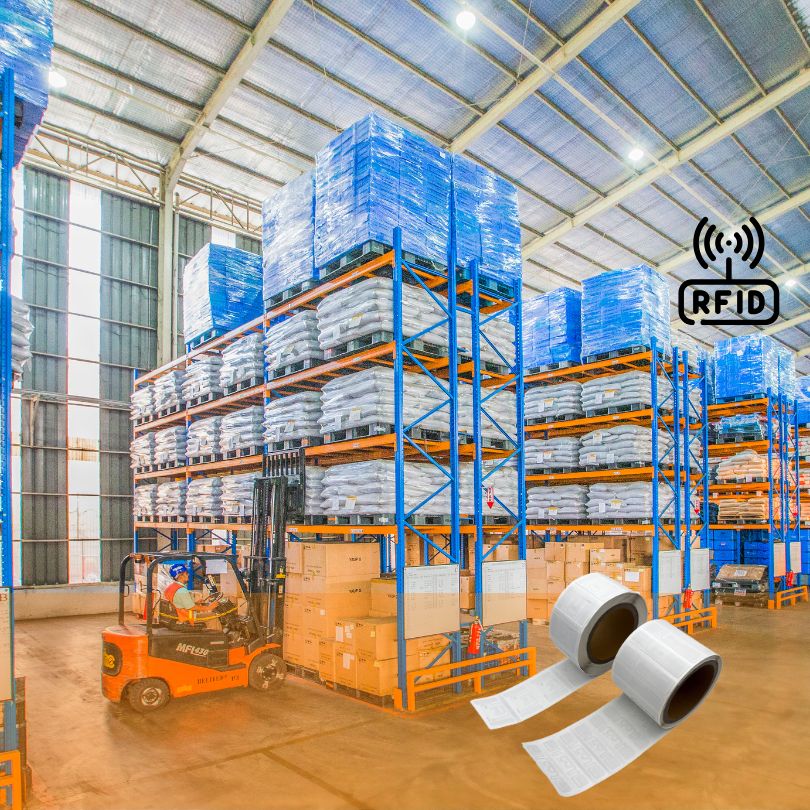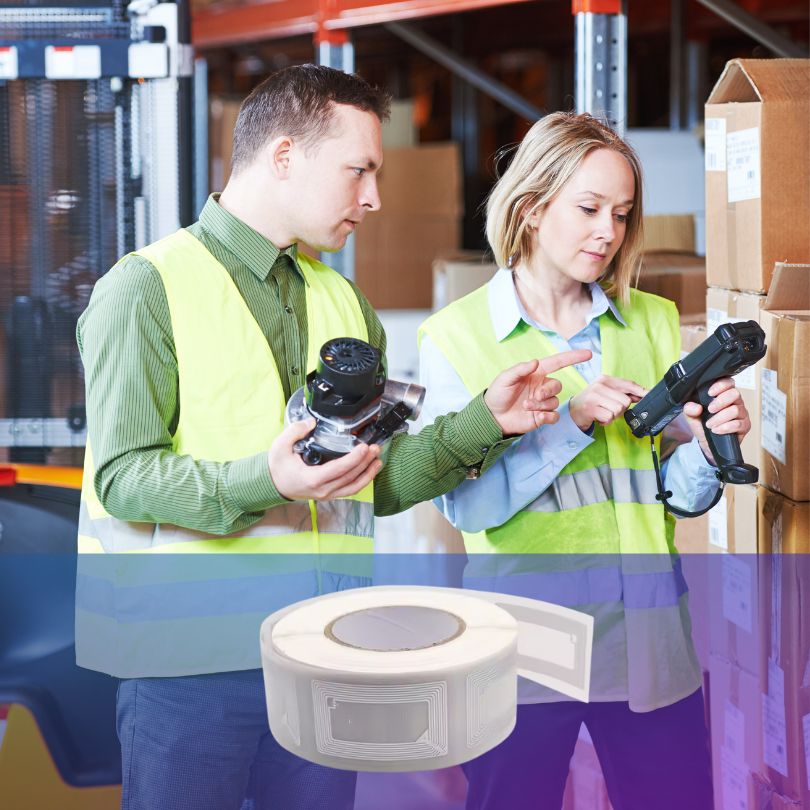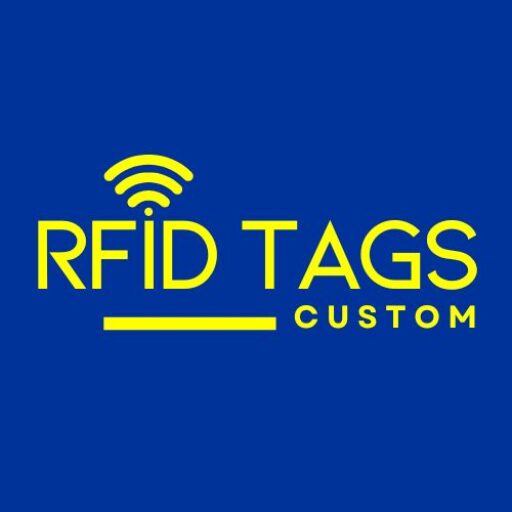
Related Blog
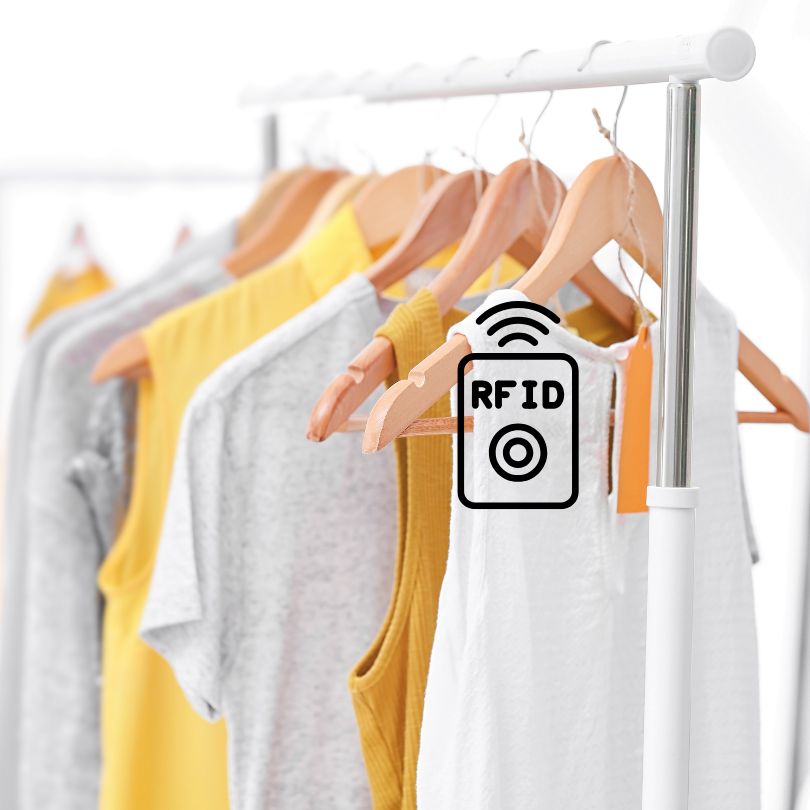
Can RFID Tags On Clothes Be Tracked
Learn how RFID tags, clothing tags, and innovative tracking solutions transform how we manage garments in the apparel industry.
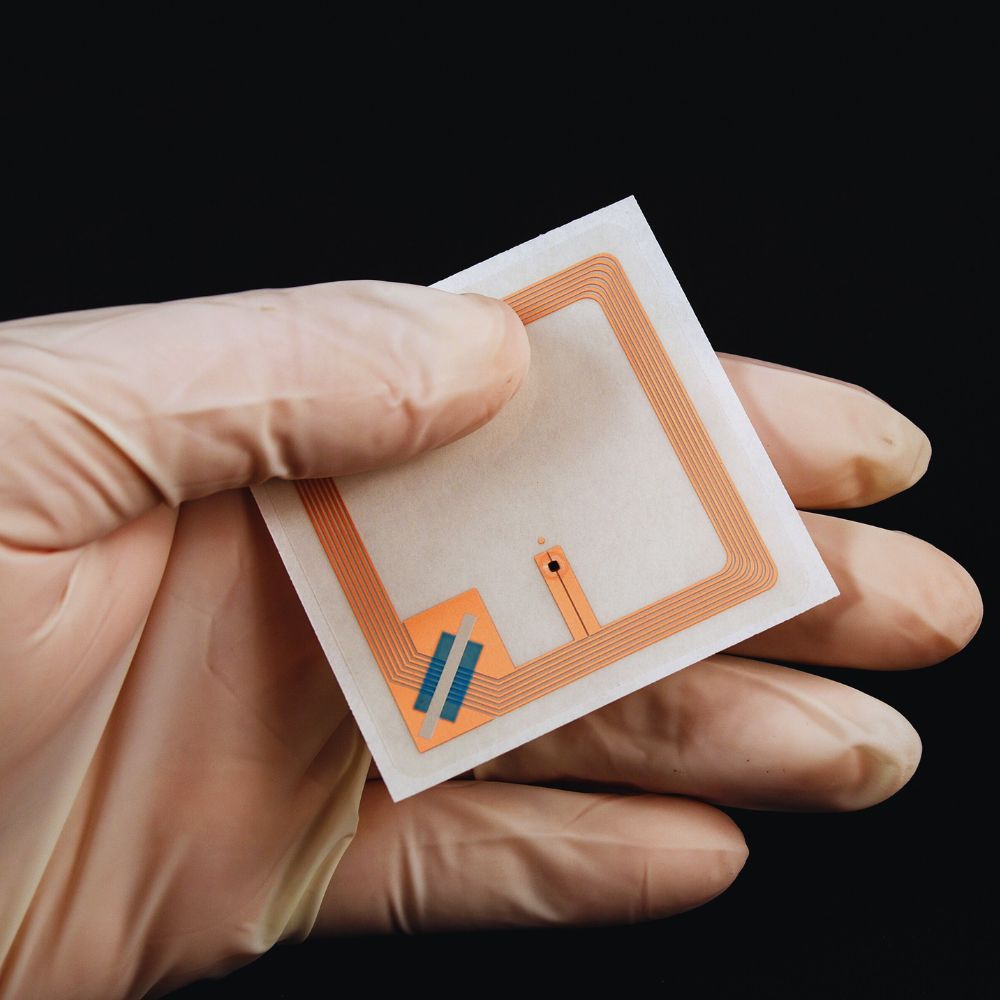
How to Remove RFID Sticker without Damaging
This article provides a comprehensive guide on safely removing RFID stickers from your car windshield without causing damage.
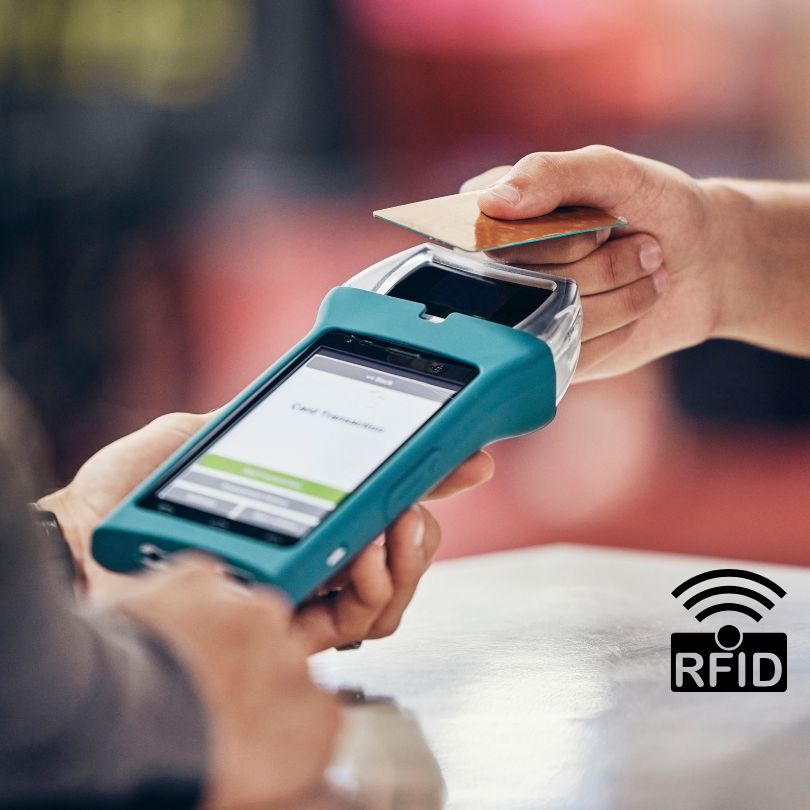
What is Radio Frequency Identification Used For
Radio Frequency Identification (RFID) technology has quietly woven itself into the fabric of our everyday lives – from the RFID-enabled badges that grant us building access to the contactless payment cards in our wallets. But not all RFID is the same.
